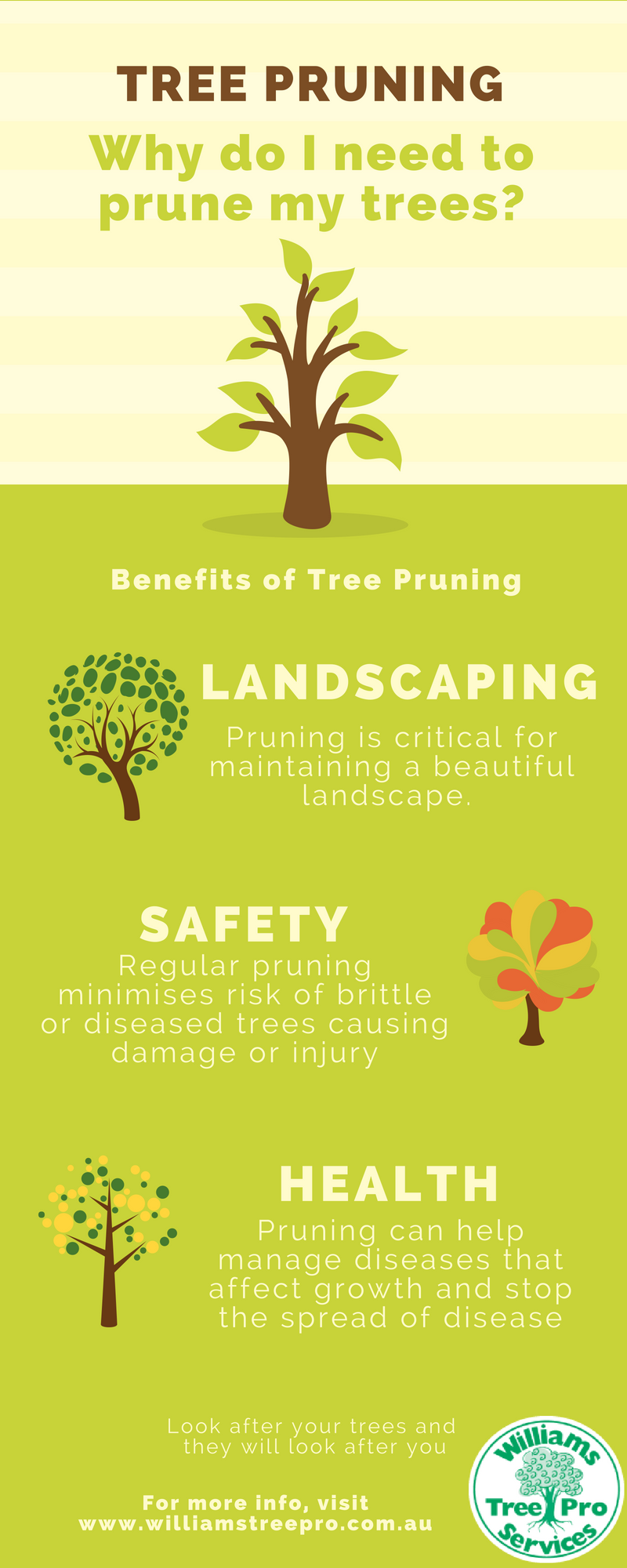Figuring Out The Correct Time For Tree Removal - An Overview For Homeowners
Figuring Out The Correct Time For Tree Removal - An Overview For Homeowners
Blog Article
Web Content Author-Wright Lucas
Trees include elegance and worth to building, yet they can additionally present a threat throughout extreme climate occasions. If a tree has quit growing, is showing noticeable fungal growth, or has a leaning trunk, it should be removed by a professional to avoid property damages and injury.
To learn more, attend a homeowner source reasonable co-hosted by HPD, the Facility for NYC Neighborhoods, and Brooklyn-based real estate partners this evening in Bedford-Stuyvesant. The event will certainly feature the Property owner Handbook, a brand-new guide to aid house owners navigate the duties of having a home.
1. Dead or Perishing Branches
Trees are an integral part of your home's landscape, providing color and beauty. They also offer sanctuary for wildlife and produce oxygen, yet also healthy trees can experience health issue that might demand their elimination. Dead or passing away trees aren't simply unpleasant, they can be unsafe. Their branches could fall throughout a tornado, resulting in expensive residential or commercial property damage and injuries.
When visit the following page begin to pass away, it implies that its framework is starting to break down. If the majority of its branches are dead, it is likely time to remove it.
Look for an absence of brand-new development, bark peeling, open injuries or dental caries, fungi expanding on the trunk or roots and a general appearance of decay in the whole canopy. relevant resource site of infection can suggest a significant problem that will require professional tree services to deal with.
2. Leaning visit here
While it's typical for trees to lean every so often because of phototropism, if a tree has a hazardous or extreme lean that's not as a result of natural processes - it could be an indication that the tree requires to be removed. If the tree is leaning toward a high-voltage line, home, lorry, play structure or any other area that could be unsafe to people if it drops, then speaking to a specialist tree solution for elimination should be a leading priority.
It's likewise essential to watch for any kind of sudden changes in a tree's leaning as it can show damage to the origins or trunk that may lead to dropping. This is specifically real throughout thundercloud, considering that high winds and rain-soaked soil can cause a lean to transform quickly. Normal monitoring, particularly throughout and after storms can aid property owners acknowledge possible issues with their trees so they can call an arborist for a thorough assessment.
3. Bug Infestation
Some pest infestations, such as wood-boring insects like emerald ash borer or sap-suckers like range insects, are so severe that they can create a tree to pass away. The very best way to prevent pest invasion is to monitor your trees often. Search for places, openings, or stainings in the leaves and bark. Take a look at the trunk for fractures and indicators of insect damage, such as tunnels or tracks.
If a tree ends up being as well plagued with parasites, or is close to a home or power lines, an arborist might suggest elimination. If a leaning tree creates a brand-new, unsteady lean, an arborist will likely advise elimination also to guarantee the security of individuals and residential or commercial property. If yard maintenance weakened or dead tree consistently drops too much branches, it is a sign that it is time to eliminate the tree. If a tree continues to shed branches for a prolonged period of time, it can bring about structural problems and prospective building damages.
4. Damaged Trunk
Trees are an attractive and integral part of our landscape, yet they do require regular care to maintain them healthy and secure. If a tree is damaged beyond repair it is likely time for it to find down.
Search for signs of damage to the trunk, including vertical splits, joints, dead branch stubs, visible wounds or open tooth cavities and serious tree-rot. The visibility of fungi at the base of the trunk is another advising indicator. Fungis may show that the phloem and xylem (life-support tissues) are jeopardized, allowing for the spread of condition or a future failing.
Likewise, think about whether the tree has stopped growing. Healthy and balanced trees will certainly have brand-new growth each year, which may show up as buds or branches growing and expanding. If you do not see any type of brand-new growth, it's a great idea to have an arborist examine the tree and follow their recommendation for elimination. A dying or harmed tree can fall and trigger home damages.